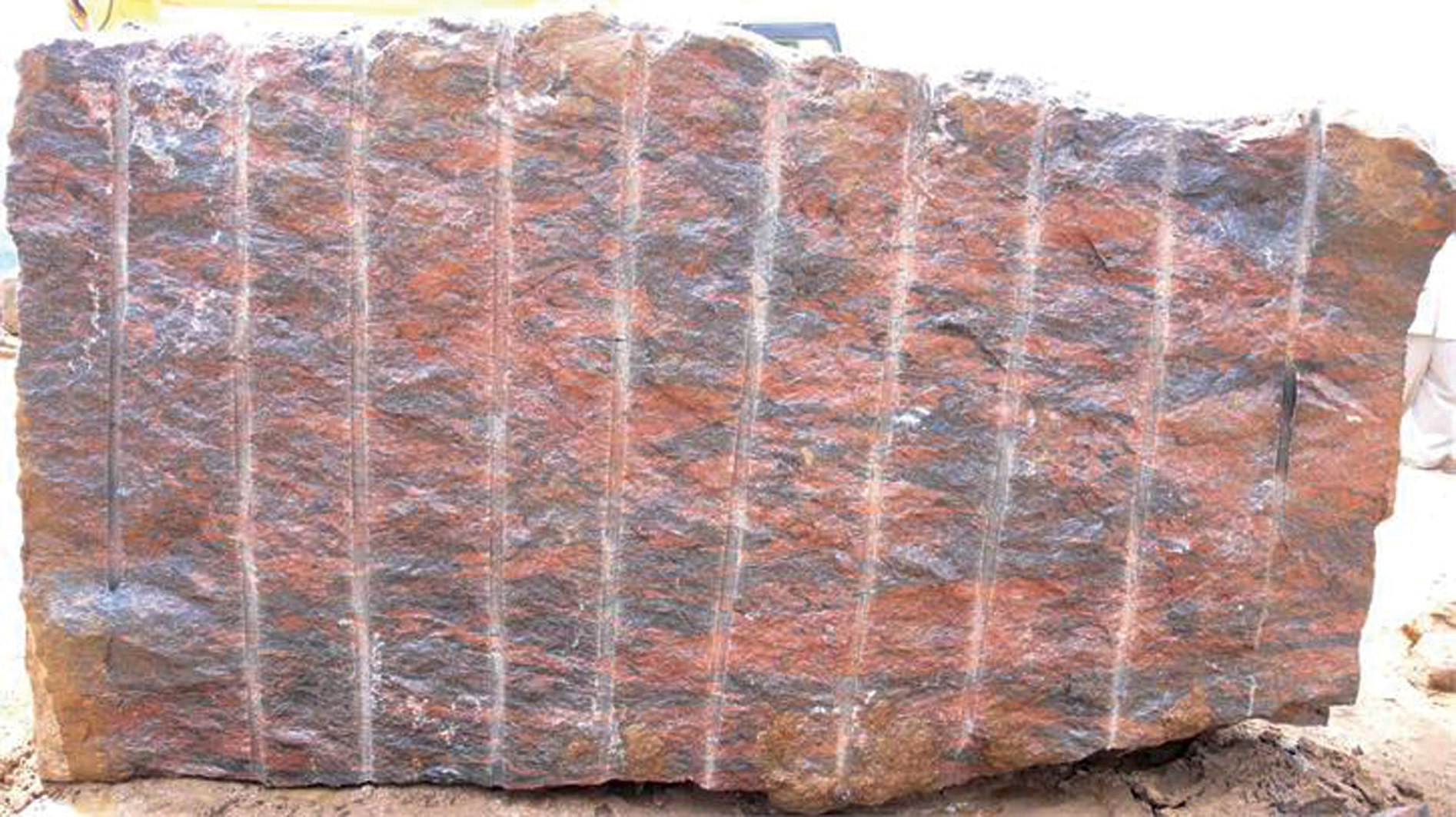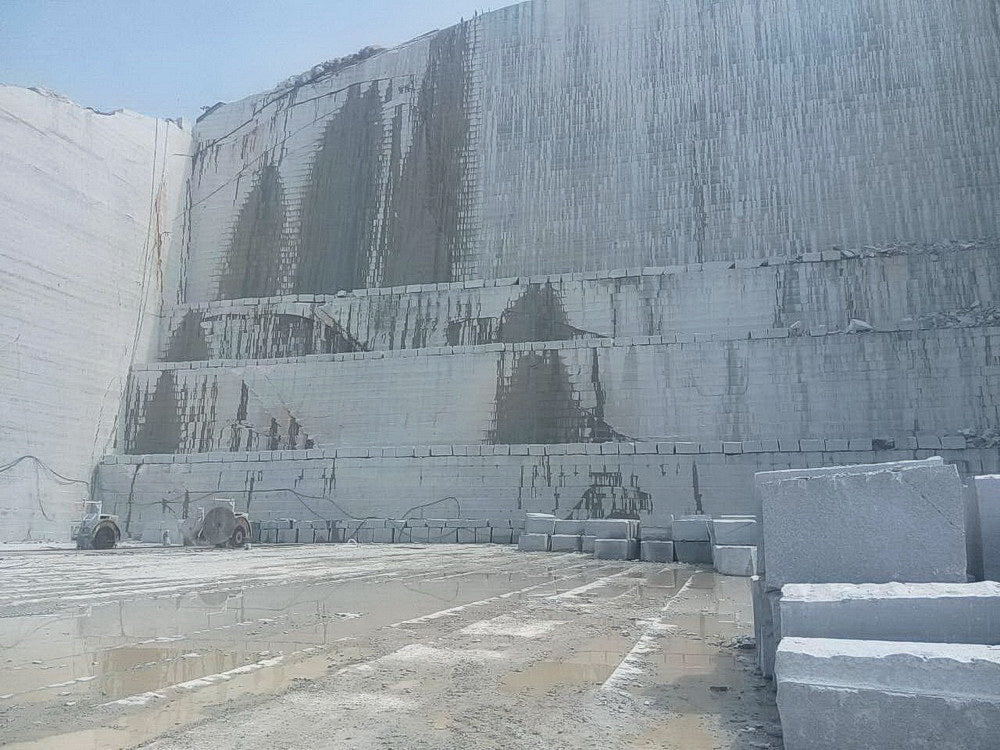A Trip With Granite Quarries in South Africa: Introduction Nature's Virtuosity
A Trip With Granite Quarries in South Africa: Introduction Nature's Virtuosity
Blog Article
Unearthing the Rich Background and Sustainable Practices of Granite Quarrying
As we depend on the precipice of uncovering the detailed tapestry of granite quarrying, a journey with time exposes not just the physical act of drawing out rock but likewise the social and historical significance woven into the extremely textile of this method. From the ancient origins that laid the foundation for modern quarrying strategies to the sustainable methods that are shaping the future of this market, each carve mark on granite surface areas informs a story waiting to be discovered (granite quarries in south africa). The heritage of granite quarrying extends much beyond simple removal; it is a testimony to human ingenuity, durability, and the enduring appeal of this majestic rock
Old Beginnings of Granite Quarrying
Going back to ancient people, the method of quarrying granite has been an indispensable part of human history and building development. The earliest evidence of granite quarrying days back to old Egypt, where massive pyramids and intricate sculptures were crafted from this long lasting stone. The Egyptians utilized primitive tools to extract granite blocks from quarries, showcasing the value of this product in their significant constructions.
Progressing in history, the Greeks likewise made substantial payments to the quarrying of granite. The Greeks used granite in numerous building marvels, such as temples and statues, demonstrating their ability in shaping and carving this durable stone. The Romans better fine-tuned the methods of quarrying granite, employing sophisticated devices like knives and hammers to extract and form granite for their famous structures.
With the centuries, the technique of quarrying granite has actually progressed, with modern technologies enhancing effectiveness while keeping the classic appeal of this all-natural stone - granite quarries in south africa. From old people to modern building contractors, the legacy of granite quarrying proceeds to form our world
Advancement of Quarrying Techniques
The development of quarrying strategies has actually been marked by a continual development in the direction of better effectiveness and precision in drawing out granite. Early quarrying methods included manual labor with basic tools such as chisels, hammers, and wedges to extract granite blocks from the planet.
In even more recent times, the development of machinery transformed the quarrying sector, allowing much faster removal rates and raised efficiency. Technologies such as diamond wire saws, high-pressure water jets, and pneumatically-driven drills have become typical in modern quarries, permitting precise cutting and lowered waste. Improvements in computer-controlled equipment and 3D modeling have optimized quarrying operations, leading to very little ecological influence and boosted sustainability practices. As the need for granite proceeds to rise, the development of quarrying methods continues to be integral to meeting sector needs effectively and sustainably.
Cultural Relevance of Granite
Granite holds an extensive social value across different worlds due to its enduring existence in architectural masterpieces and revered monoliths. The cultural significance of granite prolongs beyond its physical attributes; it embodies resilience, security, and eternity, making it a sign of withstanding traditions and practices.

Sustainable Practices in Quarrying
In the middle of the abundant history of granite quarrying and its social significance lies an expanding emphasis on sustainable practices within the market. As ecological awareness and issues regarding resource exhaustion have heightened around the world, the quarrying sector has progressively welcomed sustainable methods to minimize its impact on the environment and surrounding Get the facts areas.

Furthermore, reclamation and rehab of quarry sites post-extraction are indispensable to sustainable techniques. By bring back quarried locations to an all-natural or advantageous state, such as producing wild animals environments or leisure rooms, quarriers can balance out the ecological impact of their visit site operations and contribute positively to the local ecological community.
Legacy of Granite Quarrying
With a historical background steeped in craftsmanship and industrial development, what withstanding effect has granite quarrying left on the landscape of modern society? The tradition of granite quarrying transcends simple extraction techniques; it has actually shaped building wonders, urban landscapes, and cultural heritage worldwide. The durable nature of granite has made it a preferred option for monoliths, structures, and facilities, standing as a testament to the ability and creativity of quarry employees across generations.
Additionally, the financial impact of granite quarrying can not be ignored. The sector continues to give job opportunity and drive regional economic climates in areas where granite extraction prevails. It has additionally spurred technical advancements in quarrying strategies and devices, bring about much more effective and lasting techniques.
In regards to sustainability, the tradition of granite quarrying includes efforts to alleviate environmental impacts with recovery projects and accountable source monitoring. By stabilizing economic passions with ecological stewardship, the industry makes every effort to guarantee that future generations can remain to take advantage of this long-lasting natural deposit.
Verdict

Report this page